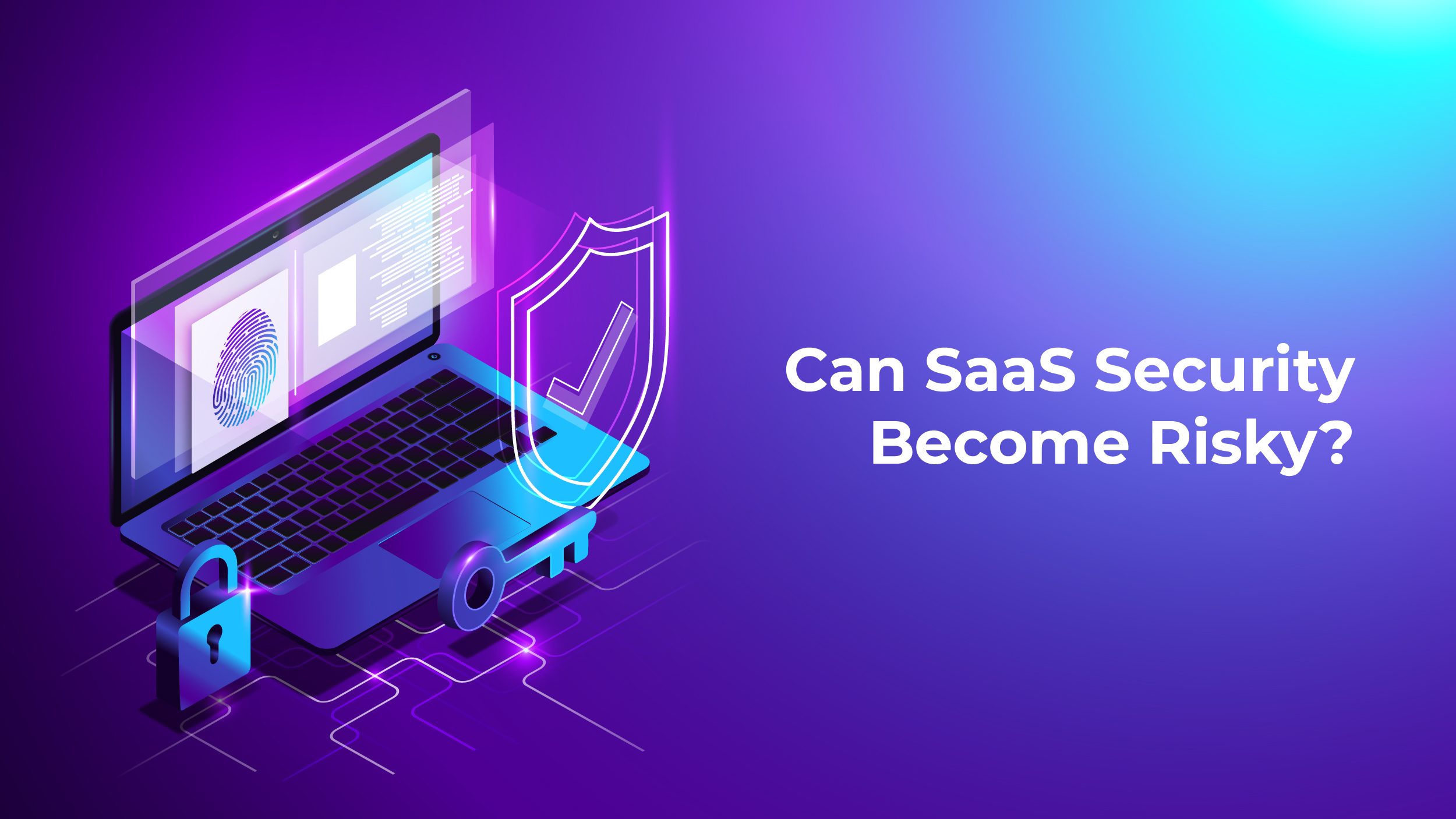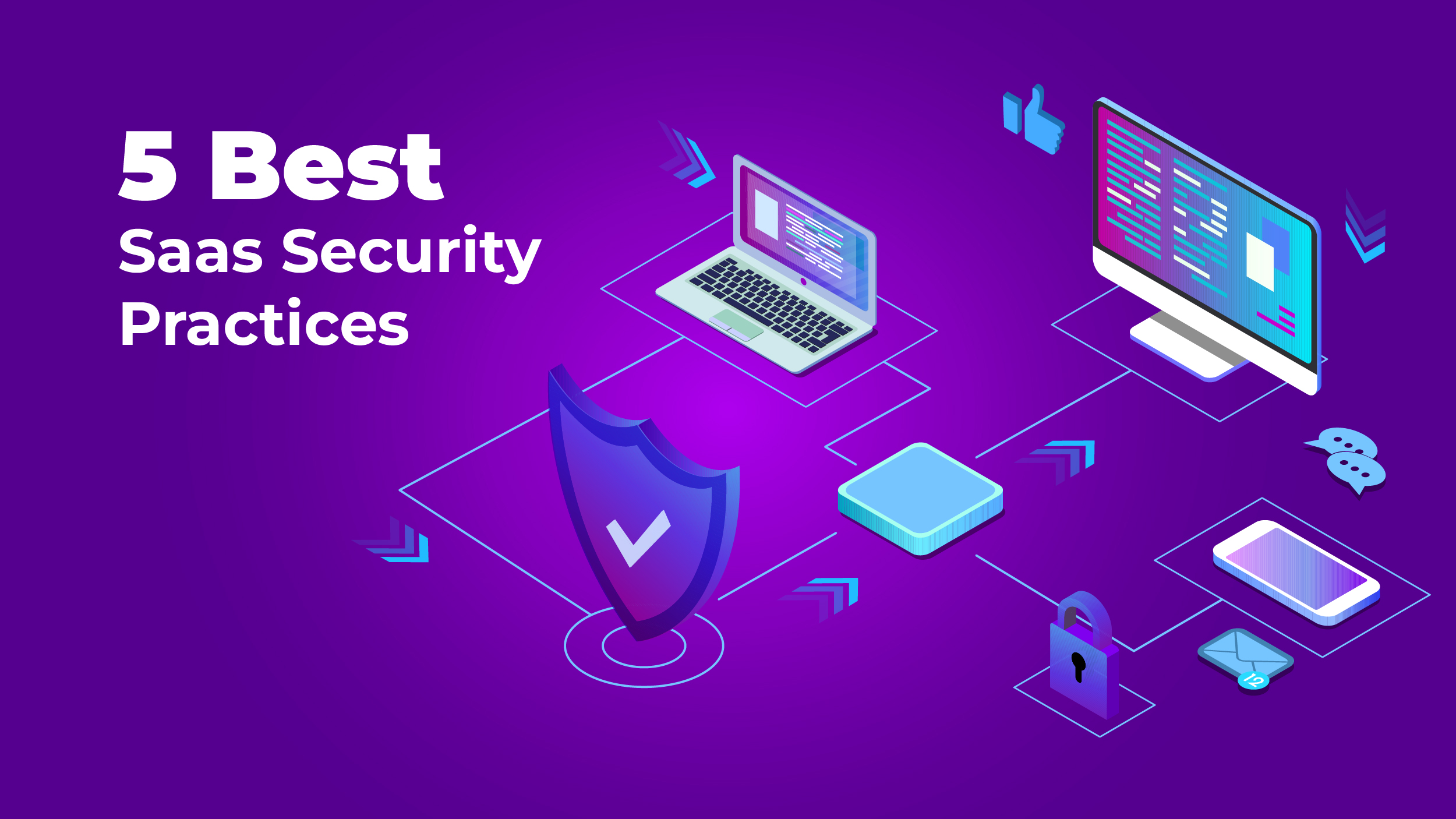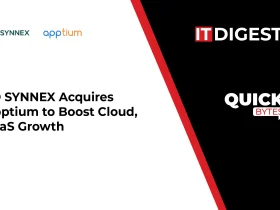Cloud storage models like SaaS, IaaS, and PaaS are revolutionizing internal operations and market strategies for companies of all sizes. Decision-makers across revenue tiers are increasingly embracing cloud computing to enhance their business processes and offerings.
This blog will specifically explore SaaS (Software as a Service) and emphasize the significance of bolstering the security of SaaS applications. Let’s delve into the various methods employed to fortify SaaS security.
What is SaaS Security?
SaaS security entails the management, monitoring, and protection of sensitive data against cyber threats. As organizations increasingly rely on efficient and scalable cloud-based IT infrastructures, they become more susceptible to vulnerabilities.
Measures like SaaS security posture management are essential for maintaining the privacy and safety of user data. Whether it’s safeguarding customer payment information or facilitating inter-departmental data exchange, enhancing the security of SaaS applications is crucial for success.
Regulatory bodies worldwide, such as the GDPR (General Data Protection Regulation of the EU) and the EU-US and Swiss-US Privacy Shield Frameworks, have issued security guidelines to address these concerns. Every SaaS business must adhere to these guidelines to provide safe and secure services.
Who needs SaaS Security?
If you cater to a sizable market and deal with hundreds of concurrent sessions, run by thousands of users daily, SaaS security is essential for you.
Moreover, if you relate to the following statements, you urgently require a security system:
- You aim to eliminate legacy IT infrastructure due to its rapid obsolescence but worry about data privacy.
- You know that SaaS and cloud-based technologies are the future but are unsure about preventing data breaches.
- You recognize the necessity of employing cloud-based products and services to stay competitive in the market but are concerned about securing user data without physical servers.
Whether you’re an established business or an upcoming start-up, prioritizing user data security is crucial for attracting, engaging, and retaining customers in today’s hyper-competitive markets. A single data breach can irreparably damage your SaaS business’s reputation among consumers.
Also Read: What is SaaS Integration and Why is it Important for Business?
Can SaaS Security Become Risky?
 SaaS security can become risky due to the below-mentioned factors:
SaaS security can become risky due to the below-mentioned factors:
- Virtualization: Cloud computing systems utilize virtual servers to manage multiple accounts and machines, posing a risk where a single compromised server could endanger multiple stakeholders. While virtualization technology has improved, vulnerabilities remain that cybercriminals exploit. Proper configuration and implementation with stringent security protocols are essential for protection.
- Identity Management: SaaS providers often offer Single Sign-on (SSO) capabilities for simplified access to applications, particularly beneficial for role-based access across multiple SaaS applications. However, managing secure data access becomes complex with a growing number of applications.
- Standards for Cloud Services: Software as a service security varies depending on the provider and their adherence to global standards. Not all providers comply with recognized SaaS security standards, and even compliant ones may lack SaaS-specific certification. Standards like ISO 27001 offer some confidence but may not cover all security aspects.
- Obscurity: Lack of transparency about backend processes by SaaS providers raises concerns. Customers should understand how everything works to be confident in software as a service security. While reputable providers are transparent, some may withhold details such as security protocols and infrastructure. Service Level Agreements (SLAs) compel providers to disclose responsibilities, ensuring customers know how their data is protected.
- Data Location: SaaS tools may store data in different geographical regions due to factors like data laws and cost. Clients may prefer data stored within their country for compliance or security reasons, considering factors like data latency and load balancing.
- Access from Anywhere: While the ability to access SaaS apps from anywhere enhances convenience, it also introduces risks. Accessing applications from infected devices or public Wi-Fi without VPN protection could compromise server security. Insecure endpoints may grant attackers access to the server.
5 Best Saas Security Best Practices
 End-to-End Data Encryption: Ensure all interactions between server and user occur over secure sockets layer (SSL) connections and are encrypted. Additionally, implement end-to-end encryption for data storage. Some providers offer default data encryption options, while others require explicit configuration. Clients can further enhance security by encrypting specific fields, such as financial details, using Multi-domain SSL certificates.
End-to-End Data Encryption: Ensure all interactions between server and user occur over secure sockets layer (SSL) connections and are encrypted. Additionally, implement end-to-end encryption for data storage. Some providers offer default data encryption options, while others require explicit configuration. Clients can further enhance security by encrypting specific fields, such as financial details, using Multi-domain SSL certificates.- Vulnerability Testing: Verify SaaS providers’ security claims through reliable vulnerability testing. While providers may offer tools or checks, clients should conduct intensive checks on SaaS systems. Employ a combination of automated tools and manual security assessments to evaluate SaaS security comprehensively. Quality software as a service security solutions are available to assist in the testing process.
- Policies for Data Deletion: Implement clear data deletion policies to ensure customer data safety. SaaS providers should transparently communicate these policies in service agreements, outlining procedures for data deletion after the customer’s retention timeline ends. Programmatic deletion of client data from servers, along with the generation of corresponding logs, is essential.
- Data Security at the User Level: Implement multiple levels of security to mitigate damage from cyber-attacks. At the user level, enforce security protocols such as role-based permissions, access controls, and task distribution to prevent exploitation of internal security vulnerabilities.
- Virtual Private Network/Virtual Private Cloud: Utilize VPN and VPC to create a secure environment for client operations and data storage. These options offer enhanced security compared to multi-tenant systems, protecting endpoints and infrastructure. VPN and VPC enable users to access and use SaaS applications securely from anywhere, enhancing flexibility and security.
The Bottom Line
Ensuring robust security measures for Software-as-a-Service platforms is paramount in today’s digital landscape. The increasing reliance on cloud-based solutions demands a proactive approach to protect sensitive data and mitigate potential risks. By prioritizing SaaS security, businesses can confidently embrace the benefits of cloud-based solutions, such as scalability, flexibility, and cost-effectiveness, without compromising data integrity or exposing themselves to potential breaches.


































